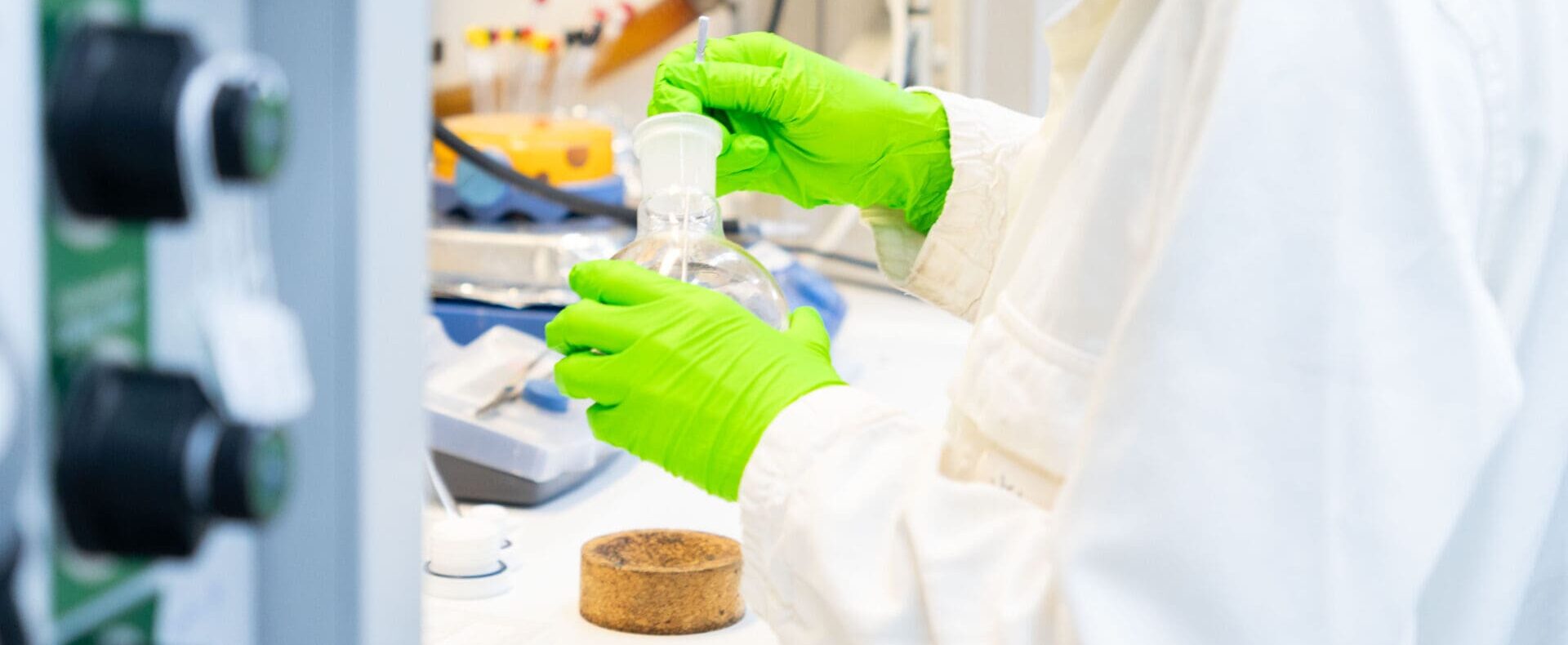- Home
- Resarch
- Research Groups
- Dr. Luis Escobar
Dr. Luis Escobar
Functional supramolecular polymers for health applications
Research
Our research group focuses on the design and development of novel supramolecular polymers that combine biological scaffolds, such as nucleic acids and peptides, with macrocyclic synthetic receptors. We are also interested in the implementation of these hybrid supramolecular polymers for practical applications related to health.
Highlighted Publications
-
2021 | Angew. Chem. Int. Ed.
Hydrolysis of Aliphatic Bis‐isonitriles in the Presence of a Polar Super Aryl‐Extended Calix[4]pyrrole Container
Research groups: Prof. Pau Ballester
-
2021 | Chem. Rev.
Molecular Recognition in Water Using Macrocyclic Synthetic Receptors
Research groups: Prof. Pau Ballester
Our team
Job offers
| Title | Reference | Deadline | |
|---|---|---|---|
| Postdoctoral Researcher (Ref: Postdoc 2024-34 CB) | Reference: 5348787 |
|
APPLY |
| Postdoctoral Researcher (Ref: Postdoc 2024-32 FM) | Reference: 5348664 |
|
APPLY |
| Postdoctoral Researcher (Ref: Postdoc 2024-33 MGS) | Reference: 5270536 |
|
APPLY |
| Data Steward (MGMT2024-17) | Reference: 5371727 |
|
APPLY |
| Direcció Administrativa (MGMT 2024-05) | Reference: 5347726 |
|
APPLY |

Let's create a brighter future
Join our team to work with renowned researchers, tackle groundbreaking
projects and contribute to meaningful scientific advancements




















